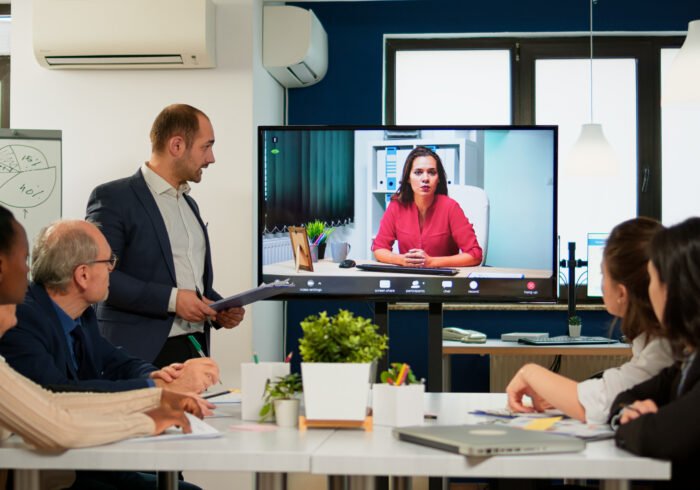Deployments kept failing not because of the code, but because no one really knew what the customer’s environment looked like. Then one team started asking the right questions before things went live and everything changed.

Raj had been struggling silently for months.
Deployments were never smooth , they always came with last-minute issues, firefighting, and those late-night “urgent” calls that drained him and his team.
The frustrating part? The code worked perfectly in theory… until it hit the customer’s real environment.
One Saturday afternoon, sitting on the balcony sipping chai, Raj found himself venting to his cousin Nina, a freelance designer for a well-known purse company.
Nina smiled knowingly.
“Same tha mere saath,” she said. “Mere purse designs mein bhi. (It was the same with my purse designs too.)”
Raj raised an eyebrow. Designing purses and deploying software? Hardly the same battlefield, right?
(Nina’s situation was a bit different from Raj’s. As a freelance designer, she had limited visibility into the customer’s environment. They would send her the basic brief, but she didn’t always have direct control over the manufacturing process or the final product’s delivery. Her job was to design the product, but she had to rely on the manufacturer’s setup and processes for quality and delivery)
But Nina continued, “I wasn’t just working on broad guidelines,” she said. “I made it a point to ask the company detailed questions, not just about the purse styles they had in mind, but about the end customers they were targeting. Moms, corporate girls… each had different needs. Understanding that environment helped me design more thoughtfully.
Once I had that clarity, I could tailor every purse to match what the end customer would truly use and love.”
Raj leaned in, interested.
“So you didn’t just take their brief at face value?”
“Nope,” Nina laughed. “I created a small checklist. Simple things – daily habits, bag capacity needs, color preferences, typical outfits… I asked and asked and asked.
Aur jab sab details saamne aa gayi (And once all details were clear), I could prevent last-minute surprises. My designs started clicking better with customers. Returns dropped. Sales feedback improved by 20%.”
Raj sat back, thinking.
It wasn’t about doing something big. It was about getting insights early and saving yourself bigger problems later.

That night, an idea formed.
By Monday morning, Raj had created an Initial Environment Checklist for deployments.
It wasn’t rocket science, just structured common sense.
A one-time document to consult with the client before development wrapped up: questions about the OS versions, third-party tools, customer site restrictions, hardware specs, and internet permissions, all the realities where the software would actually live.
And then before any final deployment, his team would check the checklist again against the real end-customer environment.
By simply getting insights early, Raj’s team had cut down rework, saved time, and earned client trust.
The journey from developer desks to customer sites finally started feeling like a straight road, not a minefield.
Raj smiled to himself.
Sometimes, the biggest wins don’t come from fighting fires.
They come from building fire exits right at the design stage.
Key Takeaway
Deployments became smoother because we stopped guessing the end-user setup
and started asking the right environment questions upfront with a one-time checklist.



